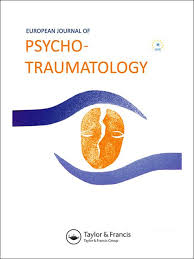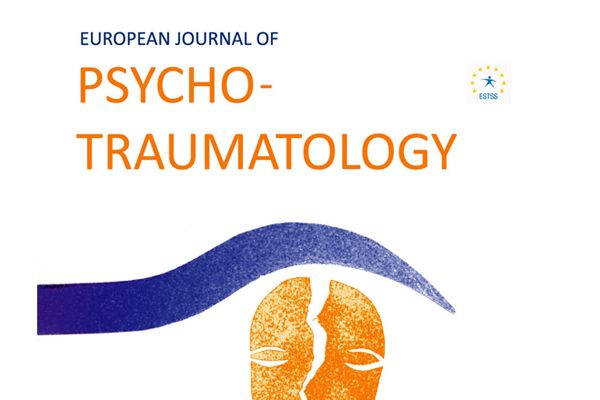28 september 2020
European Journal of Psychotraumatology
Rajendra A. Morey, Melanie E. Garrett, Jennifer S. Stevens, Emily K. Clarke, Courtney C. Haswell, Sanne J.H. van Rooij, Negar Fani, Adriana Lori, Va Mid-Atlantic Mirecc Workgroup, Nathan A. Kimbrel, Michelle F. Dennis, Christine E. Marx, Jean C. Beckham, Gregory McCarthy, Michael A. Hauser & Allison E. Ashley-Koch
https://doi.org/10.1080/20008198.2020.1785994
Abstract:
Behavioral, structural, and functional neuroimaging have implicated the hippocampus as a critical brain region in posttraumatic stress disorder (PTSD) pathogenesis. Recent work in a normative, primarily European, sample identified 15 unique genetic loci contributing to structural variability in six hippocampal subfield volumes. We explored the relevance of these loci in two samples (Mental Illness Research Education and Clinical Center and Grady; n=290) of trauma-exposed individuals enriched for PTSD and of diverse ancestry. Four of the previous loci demonstrated nominal evidence of replication in the MIRECC dataset, primarily within non-Hispanic whites (NHW). One locus replicated in the Grady cohort, which was composed exclusively of non-Hispanic blacks (NHB). Our data supported genetic interactions with diagnosis of lifetime PTSD and genetic interactions with childhood trauma in the MIRECC sample, but not the Grady sample. Given the racial, diagnostic, and trauma-exposure differences with the original genome wide association study (GWAS) report, we conducted a full GWAS in the MIRECC and Grady datasets. Interactions between genetic variants and lifetime PTSD or childhood trauma were interrogated for single nucleotide polymorphisms (SNPs) with evidence of main effects. Genetic associations surpassed false discovery rate (FDR)-correction within hippocampal subfields in fimbria, subiculum, cornu ammonis-1(CA1), and hippocampal amygdala transition area (HATA). One association was replicated in the Grady cohort (rs12880795 in TUNAR with left(L)-HATA volume). The most significant association in the MIRECC dataset was between rs6906714 in LINC02571 and right(R)-fimbria volume (p=5.99x10-8, q=0.0056). Interestingly, the effect of rs6906714 on R-fimbria volume increased with exposure to childhood trauma (gene*environment interaction p=0.022). These preliminary results argue for G*E interactions between genetic loci with PTSD and
childhood trauma on hippocampal phenotypes. Our results underscore the need for larger neuroimaging-genetic studies in PTSD, trauma, and ancestrally diverse populations.
Keywords: PTSD; childhood trauma; genetics; hippocampus; structural MRI; hippocampal subfields
Received 16 Apr 2020, Accepted 02 Jun 2020, Published online: 29 Jul 2020

Het European Journal of Psychotraumatology (EJPT) is een peer-reviewed, interdisciplinair wetenschappelijk tijdschrift dat deel uitmaakt van de European Society for Traumatic Stress Studies (ESTSS).
Het EJPT heeft als doel om wetenschappers, behandelaren en experts te betrekken bij de belangrijkste vraagstukken rond stress en trauma, waaronder individuele gebeurtenissen, herhaalde of chronische trauma's, grootschalige rampen en geweld.

